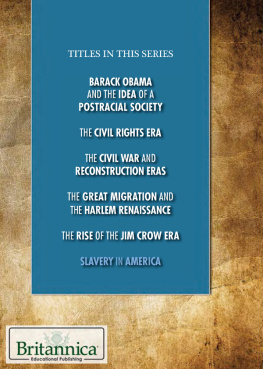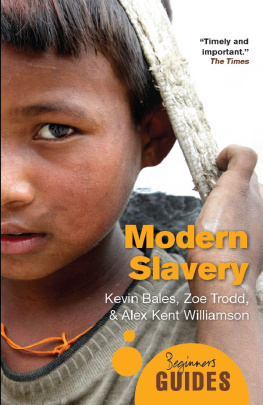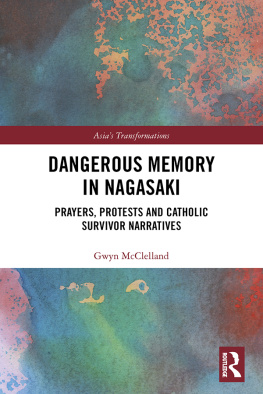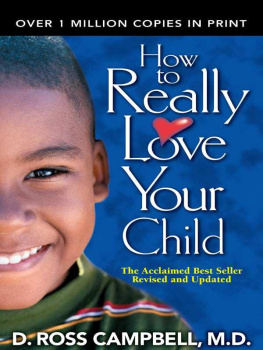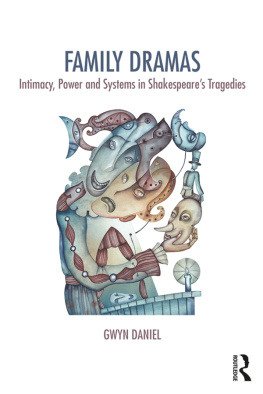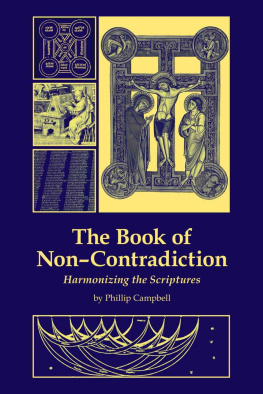Ohio University Press, Athens, Ohio 45701
www.ohioswallow.com
2011 by Ohio University Press
All rights reserved
To obtain permission to quote, reprint, or otherwise reproduce or distribute material from Ohio University Press publications, please contact our rights and permissions department at
(740) 593-1154 or (740) 593-4536 (fax).
Printed in the United States of America
Ohio University Press books are printed on acid-free paper

20 19 18 17 16 15 14 13 12 11 5 4 3 2 1
Library of Congress Cataloging-in-Publication Data
Child slaves in the modern world / edited by Gwyn Campbell, Suzanne Miers, Joseph C. Miller.
p. cm.
Includes bibliographical references and index.
ISBN 978-0-8214-1958-8 (hardcover : alk. paper) ISBN 978-0-8214-1959-5 (softcover : alk. paper) ISBN 978-0-8214-4374-3 (electronic)
1. Child slavesHistory. I. Campbell, Gwyn, 1952II. Miers, Suzanne. III. Miller, Joseph Calder.
HT861.C445 2011
306.362083dc22
2011012519
EDITORS INTRODUCTION
OUR AIMS
This is the second of our two edited volumes on child slavery. The first, Children in Slavery through the Ages, explored what constitutes child slavery, as opposed to adult slavery, and provided comparative examples of the trade in children and of child slavery in a wide range of geographical locations and societies, from North America to Europe, Africa, the Middle East, and Asia, from the eighth to the twentieth century. By contrast, the focus of this second volume is the transformations in child slavery since the first major abolitionist measures against the slave trade and slavery, in the early nineteenth century.
The contributions to this volume again have a wide geographical range. They examine the sometimes quite startling changes in the nature of the trade in children, and of child servitude, from the age of abolition to the present day. These transformations have obliged scholars of slavery and antislavery, child welfare activists, and, inevitably, governments, to question traditional concepts and to revise their definitions of slavery, particularly legal formulations. This international human rights campaign has been particularly necessary in the case of children, as the dimensions of modern child trafficking, and the complexity of contemporary forms of child servitude, are beginning to hit the public consciousness.
DEFINITIONS
Definitions of what constitutes a child are critical to studies of, and the fight against, child slavery. However, as is clear from the contributions to this volume, the boundary between child and adult is often fuzzy, and definitions vary according to place and time. Thus in nineteenth-century Africa, where slave childrens ages were usually unknown, height was generally used to differentiate a child from an adult. Gwyn Campbell, writing about the Merina Empire in Madagascar, notes that any male captive too tall to fit under a soldiers arm was usually considered an adult and in consequence killed. Martin Klein, writing on the Sudan, points out the weakness of height as a yardstick, since children from the savannas were usually taller than those bred in the forests. A better but seemingly less used indicator was whether or not the individual had developed his or her adult teeth. In more recent times, with improved documentation, peoples ages were generally known and children defined in terms of years rather than physique. However, the issue of when a child becomes an adult is still unclear, as it continues to differ from one society to another. As Mike Dottridge points out in his essay on contemporary slavery, in some cultures sixteen- and seventeen-year-olds are regarded as adults, while in others young people of eighteen or nineteen retain a childlike vulnerability to exploitation and thus require protection.
CHILD SLAVES IN THE ERA OF ABOLITION
The first section of this volume focuses on child slaves in the era of abolition, that is, after the maritime slave trade had been outlawed and when slavery itself was under attack. Benjamin N. Lawrance discusses the four children sent from Sierra Leone across the Atlantic to Havana and then sent on along the coast of Cuba on the slave ship La Amistad after the maritime trade had been outlawed. The children described the tactics used by slave ship captains to avoid capture. However, the remaining adult slaves revolted and attempted to return the ship to Africa. Off Long Island the ship and its human cargo, including the children, were captured by the American navy. At the subsequent trial, in New Haven, Connecticut, the childrens testimony threw considerable light on how they had been enslaved. One had been kidnapped, another captured in a raid, and the remaining two, both from large families, pawned for family debts and sold when the families were otherwise unable to pay their creditors. Unknown numbers of children in Africa were pawned, often in times of famine, to buy food for their families. Lawrance subsequently discusses the various legal systems through which the children passed on their route to freedom under United States law, after which they were returned to Sierra Leone. One of the girls later returned to the United States to attend Oberlin College.
Lawrances chapter reveals rare firsthand evidence from children on the slave trade at a time when the proportion of children to adults in the traffic was growing. There are two probable reasons for the rise in the numbers of children in the Atlantic trade in its last years in the nineteenth century. One is that, at a time when slaves had to be smuggled illegally into the Americas and West Indies, buyers could expect more years of work and greater compliance from children than from adults. The other, suggested by Klein, is that after the trade was outlawed and the risk of capture increased, the captains of slavers, anxious to make a quick getaway from Africa, took whatever individuals were offered rather than wait for an ideal cargo of adult males.
In our second chapter, Campbell provides a wealth of material on slavery and slaving in the nineteenth-century Merina Empire in Madagascar before the French colonial emancipation of slaves, in 1896. The majority of slaves were women and children. Most were initially caught in local wars and raids, kidnapped, or enslaved as punishment for parental debtan important source of slaves, as large numbers of men were conscripted for unremunerated labor for the Merina state and thus forced into debt. Adult male captives were, from the 1820s, usually executed. However, imports of African slaves also rose steadily through the decades. Overall, women and children were in greatest demand, and their numbers rose dramatically, with considerable fluctuations, from between two and three thousand a year in 1824 to possibly twelve thousand annually by 1885. Slave children between the ages of eight and ten, when they were considered particularly malleable, were the most desired, notably as farmhands or domestics. They were salable commodities, sometimes subject to harsh punishment, and often sold away from their mothers. As adults, however, they were often more fortunate than the free, for as personal possessions they were immune to state demands for forced labor. Campbells chapter, enlivened with illustrations, includes unusually rich descriptions of slave childrens lives, including their games.




